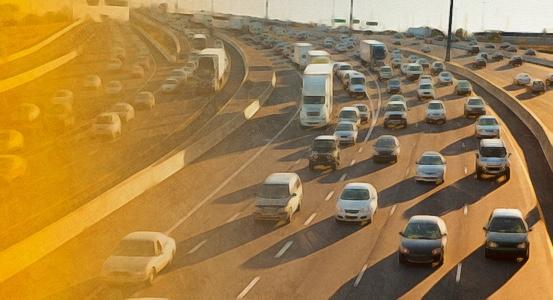
Findings and Recommendations
March 31, 2025
3PL Foundations
April 30, 2025 Toward the end of The American Transportation Research Institute (ATRI) report, “Cost of Congestion to the Trucking Industry,” we find this eyebrow-raising item:
Toward the end of The American Transportation Research Institute (ATRI) report, “Cost of Congestion to the Trucking Industry,” we find this eyebrow-raising item:
The congestion cost increases experienced by individual states (for 2022) were primarily driven by operational costs. At the state level, the four states with the highest congestion costs were ranked as follows:
-
-
Texas
-
California
-
Florida
-
New York
-
These four states alone make up 29.6 percent of national congestion costs.
And what were the dollar amounts on those costs?
-
Texas (from $7,256,430,452.49 in 2021 to $9,171,520,947.55 in 2022: a 26% increase)
-
California (from $9,000,397,701.93 in 2021 to $8,774,467,001.24 in 2022: a 3% decrease)
-
Florida (from $7,157,229,168.95 in 2021 to $8,437,202,214.90 in 2022: an 18% increase)
-
New York (from $4,917,126,628.29 in 2021 to $5,795,489,531.25 in 2022: an 18% increase)
The costs are more than financial.
Time: “…the 2022 national congestion figure of 1.2 billion hours of delay is the equivalent of more than 435,000 truck drivers sitting idle for one year.”
Fuel: ATRI estimates that 6.4 billion gallons of diesel were wasted from the congestion, at a cost of more than $32 billion.
Environmental Consequence: CO2 spillover from that congestion is some 65 million metric tons.
Texas, California, Florida, and New York are all import/export states. Combine that with their relatively massive populations, and it makes sense that nearly 30% of the nation’s congestion comes from them.
One of the challenges is in trying to get ahead of the surge. Take Texas, for example. As the Texas Demographic Center describes it,
“The population of Texas has reached 30.5 million, reflecting a growth of 4.7% from April 2020 to July 2023. While more than one-third of Texas counties have experienced a decline in population, the areas surrounding the central counties have seen the fastest growth rates. This growth is particularly concentrated in the triangle formed by the four largest [metropolitan areas]: Dallas-Fort Worth, Austin, San Antonio, and Houston.”
Population shift, population growth. The metropolitan areas become more and more congested, requiring more roads. And improvements on existing roads. And more potholes to be filled. And more need for infrastructure renovation.
There’s money to be made from such growth, and that can translate into a stronger living wage, a better life. So long as you have the patience to sit in traffic a while.
